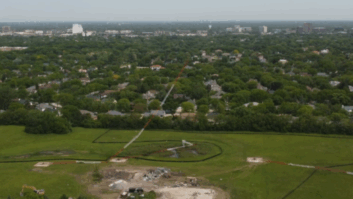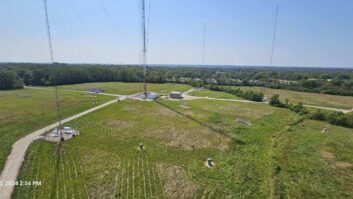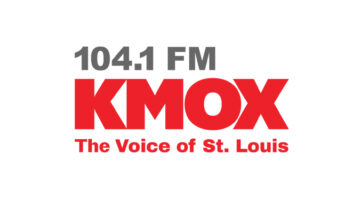Charles “Buc” Fitch is a frequent contributor to Radio World.
A recent blurb about the tallest wooden tower reminds me that at last check, wooden towers were still allowed and are actually detail-specified in the Building Officials Code (BOCA), in the area of the text where EIA standards are taken into the code for steel towers.
The tallest wooden broadcast install I ever encountered was at the FM in Montour Falls, N.Y., near Watkins Glen. They had two tiers of these big wooden telephone poles strapped together to make nearly 100 feet of guyed vertical elevation … akin to the big main mast in a circus tent. That’s gone now, replaced with a self-supporting steel tower.
Since wood introduces little influence to the RF, in a few instances I’ve specified a wooden telephone pole for an FM antenna support. A 35-foot pole with a three-bay mounted on it on the top of a tall building is about an nondirectional an FM as you can have.
Fiberglass is another great option … the people who make sailing masts can make you an FM support.
For years, WSSV in Stillwater, N.Y., had their FM mounted on a telephone pole (the hill was the real tower), just barely making OST-65 compliance on the ground.
The biggest wooden building that most of us will ever encounter is the dirigible hanger at Tillamock, Ore.
Finally, wooden bridges are making a comeback as they can actually last longer with less maintenance in high salt environments. A tidbit for you: Only center-cut lumber can be used for the spans!







